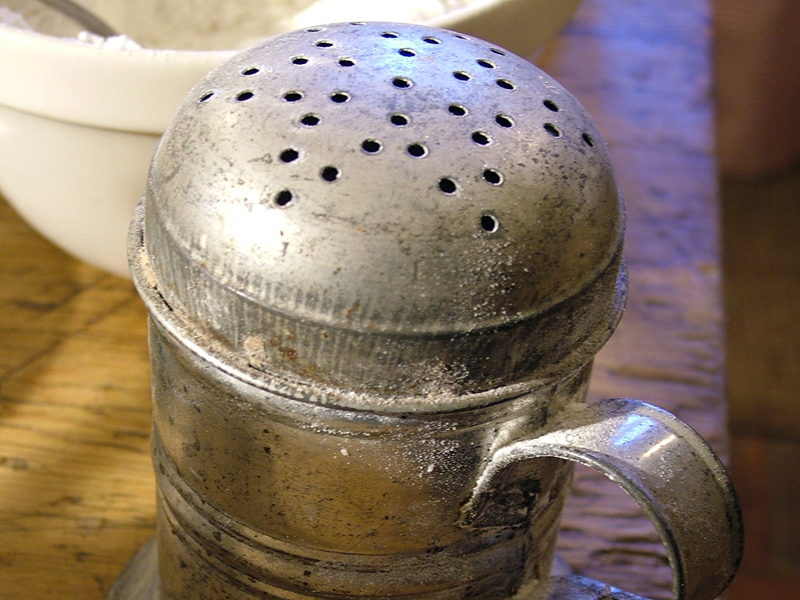

Additionally, it’s usually served with a leafy green salad. Throughout the pictured recipe steps below, I’m going to share some tips and tricks with you that are important for achieving perfect results – like the kind of Schnitzel you’d get at a German restaurant – so be sure to read.Īs already mentioned, Schnitzel is traditionally served with Spätzle and gravy, Pommes (fries), or Schwäbischer Kartoffelsalat (German vinegar-based potato salad – it’s the best!). Another little tidbit: Austrians will be the first to admit that Wienerschnitzel doesn’t come from Wien (Vienna).īut whether it’s Schweineschnitzel or Wienerschnitzel, when it’s perfectly breaded, perfectly fried, and perfectly crispy, practically everyone loves a good Schnitzel! And now you can make it – perfectly – in your own kitchen! As for where the Schnitzel originally came from…the technique of breading and frying thin cuts of meat is attributed to the Romans from around 1 BC. The only difference – German Schnitzel is made with pork (my preference) instead of veal. This traditional German Schnitzel is prepared the same way as Austrian Wiener Schnitzel. “Wienerschnitzel” is actually a geographically protected term in Germany and Austria and can only be made with veal. Most Americans associate Schnitzel with Wienerschnitzel. (I suppose there are the occasional odd individuals who don’t like it, and there’s sadly just no helping them). Every tourist to Germany has had Schnitzel and most fall in love with it. All the tips and tricks are included for making the absolute PERFECT schnitzel!Īs much as I love to cook – and being from Germany – it would be unforgivably inexcusable, a total outrage, if I didn’t know how to make Schnitzel! After all, it’s the quintessential German dish. Learn how to make Traditional German Pork Schnitzel the way your favorite German restaurants make it. Jump to Recipe Jump to Video Print Recipe


 0 kommentar(er)
0 kommentar(er)
